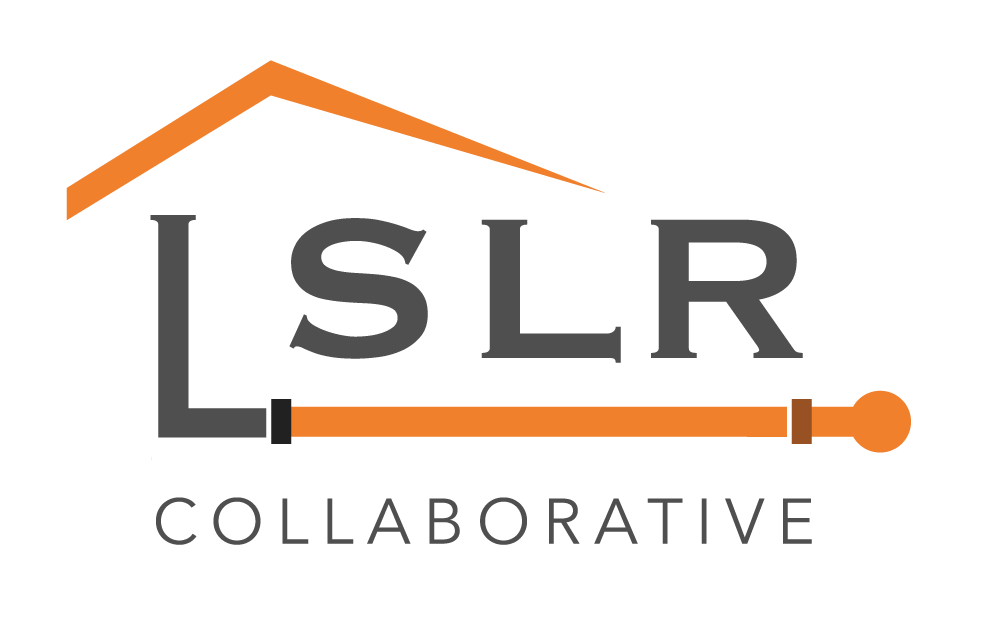|
WPRI Local News See the original article PROVIDENCE, R.I. (WPRI) — After once again finding elevated levels of lead in the drinking water at some homes and buildings, Providence Water is now offering three-year, 0% interest loans for homeowners and businesses to replace their private service lines. Providence Water says its distribution system has no detectable levels of lead but some private service pipes and plumbing fixtures may contain lead, which can contaminate the water. According to Providence Water, if a home or business owner replaces their private lead service line, they will automatically replace the public portion of the line at no cost. Providence Water says it has spent $57 million replacing lead service lines since 1996 and approximately one out of every six customers' lines are made of lead.
Providence Water Interactive Map: Find out if your home has a lead service line » The company says even if a customer does not have a lead service line, they may still have a fixture that contains lead that needs to be replaced. Lead can cause serious health problems, especially in young children and pregnant women. The Environmental Protection Agency (EPA) says it can also do extensive damage to the brain and kidneys. The company says it is also working to evaluate its water treatment process to try and reduce lead levels in homes that have lead plumbing. Providence Water customers in Providence, Cranston, North Providence and East Smithfield can pick up a free lead test kit from the company's location on Dupont Drive in Providence. Customers with questions can call (401) 521-6303. Here are some tips to reduce potential lead exposure from household plumbing and lead service lines:
See the original article Comments are closed.
|
Have a suggestion for an article or blog to add?
Let us know! Type
All
Date
April 2023
|


 RSS Feed
RSS Feed